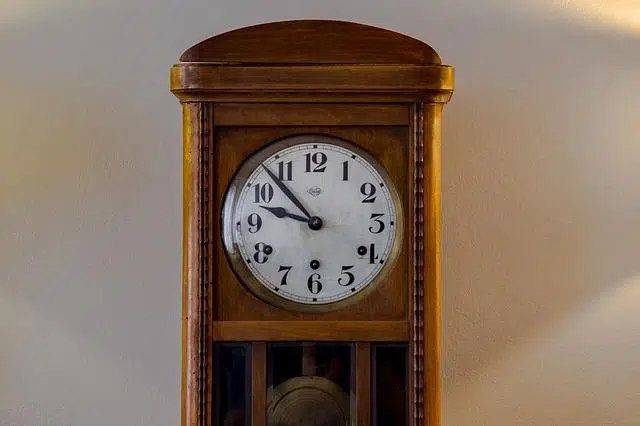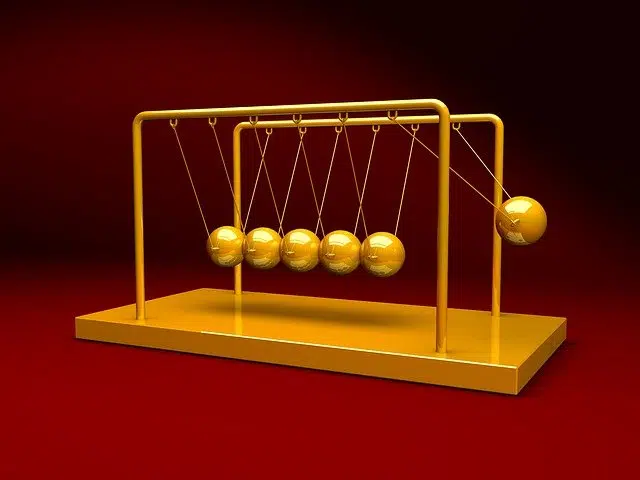
A pendulum clock uses an oscillating element to measure the passage of time.
The term pendulum has its etymological origin in pendulus , a Latin word that can be translated as “slope” . A pendulum is an object that oscillates, hanging from another . For example: “The movement of the pendulum managed to calm me down and I was finally able to fall asleep” , “When the thread was cut, the pendulum fell heavily to the ground and broke into a thousand pieces” , “I like the sound of pendulum clocks” .
As a system of physics , a pendulum involves the oscillation of a body thanks to certain characteristics and the action of different forces . Depending on the oscillation, a pendulum can be used to measure time or other issues.
A type of clock and a metronome
A pendulum clock , therefore, is one that uses a pendulum to measure the passage of time . This oscillation is constant thanks to the length of the pendulum, while the clock itself must not move so that it does not lose accuracy. Generally, the pendulum clock has a mechanism that allows it to emit a sound every hour or other period of time.
Metronomes are also devices that can use a pendulum to measure the time of a musical work. Thanks to the fact that it emits certain signals (whether sound or otherwise), a musician can follow the pendulum of the metronome to maintain the same rhythm in the execution of a melody.

Newton's pendulum demonstrates that the amount of energy and motion can be conserved.
Best known pendulums
Several pendulums bear the name of the scientist who designed it with an objective or purpose, or of the thinker who is honored with its construction. In this sense we can talk about Newton's pendulum (with five balls that act as pendulums to demonstrate how energy is conserved), Charpy's pendulum (which seeks to show the tenacity of something) or Foucault's pendulum (spherical in shape, oscillates freely in a vertical type plane).
Newton's pendulum
Also known as Newton's cradle , it is a device that aims to demonstrate that momentum and energy can be conserved. It is made up of a group of balls (usually there are five), each held by two threads that cling to a frame that acts as a support. The balls must be perfectly aligned on the horizontal axis and make contact with the adjacent one or balls when not in motion.
Since the threads form two identical angles if we observe the spheres from a perspective in which they emerge to the sides, the movement is restricted to a single axis (which could be described as forward and backward ). To put it into operation, just take one of the two balls at the ends, move it a few centimeters away from its adjacent one and release it to start the movement.
Foucault pendulum
It is a spherical pendulum capable of oscillating freely for several hours on any vertical plane and serves as a demonstration of the rotation of our planet. It received this name in honor of its creator, Léon Foucault, a physicist from France who lived between 1819 and 1868.
Foucault's pendulum consists of a heavy sphere (some specimens exceed several hundred kilograms) attached to an extensive metal thread. The theory is that the plane of oscillation is altered in accordance with the rotation of the Earth, so that a constant modification in its trajectory can be observed as a result of said phenomenon. While in some parts of the world its complete rotation can exceed 50 hours, at the poles it takes exactly 24.
Charpy pendulum
This pendulum enjoys less popularity than the previous two, although that does not at all reflect the genius behind its creation. This is a device used to determine the toughness of materials, that is, how much energy they absorb before breaking. It consists of a pendulum that is dropped on a test tube to break it; The initial and final height values are used to calculate said absorbed energy value.
